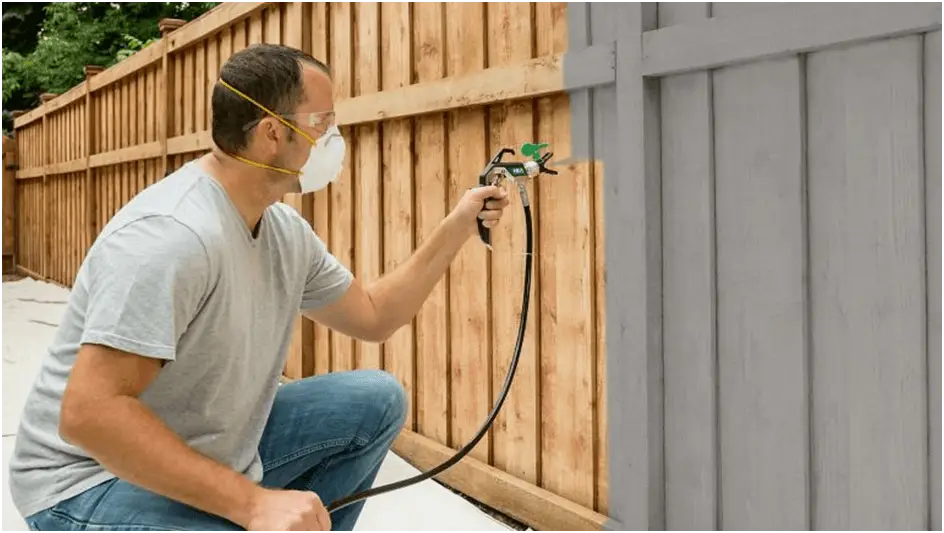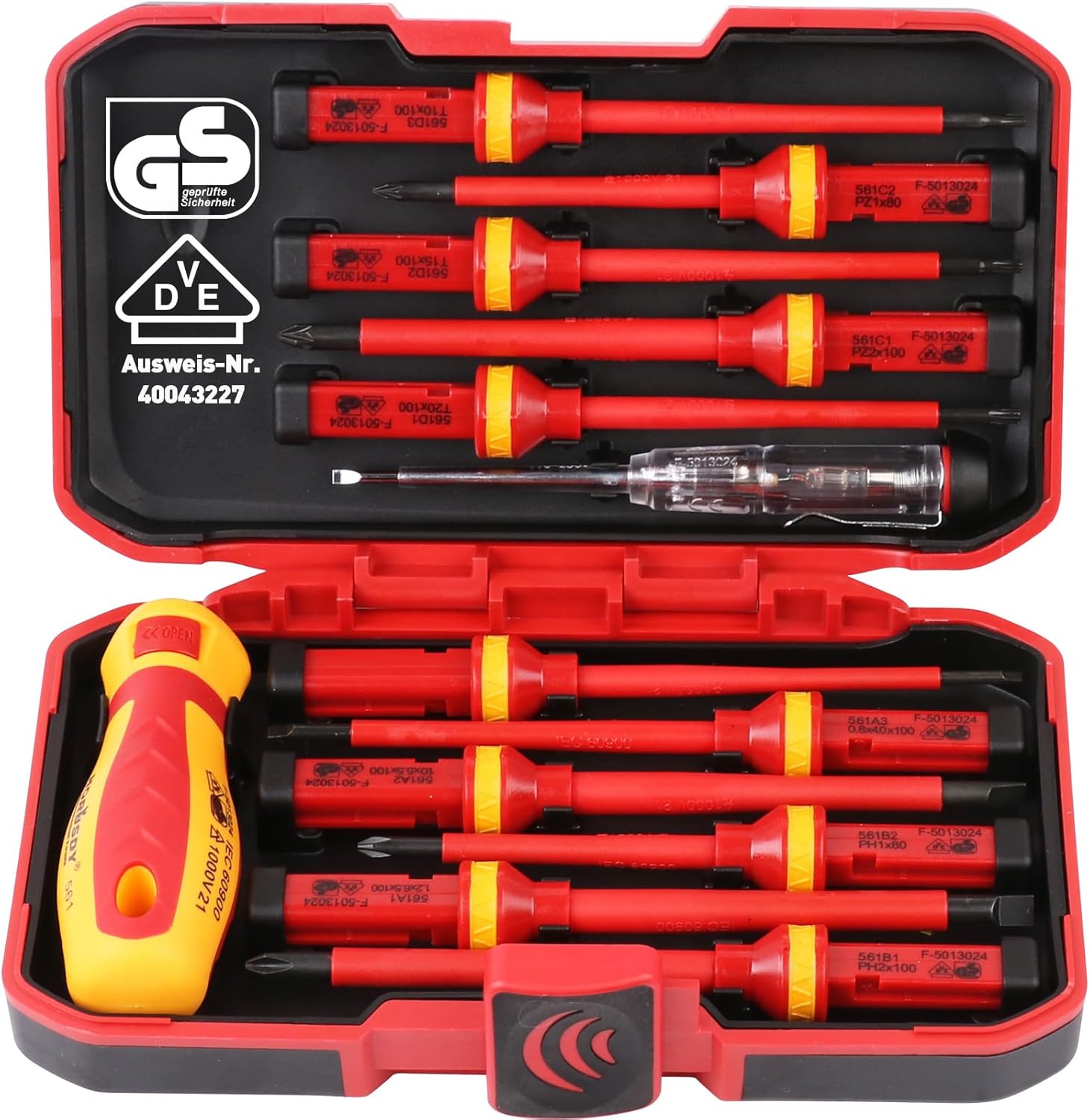Do you need to paint a large area? Do you hate the look of brushstrokes? They can easily become embedded in the finish after it dries. Perhaps you need to complete a painting project quickly and don’t have the time to apply multiple coats. Discover which paint sprayer will help you achieve a perfect finish – electric vs air paint sprayer.
A paint sprayer allows you to apply an even coat of paint in a fraction of the time that a brush or roller usually takes.
There are a lot of different powered paint sprayers on the market, and it can be difficult to figure out which one is best for your task. So, without further ado, let us assist you in determining which paint sprayer is best for you and which applicator is best for your individual situation.
Electric (airless) and air paint sprayers are the two main options. The type you’ll need is determined by the nature of your project and your level of skill.
Similarly, each one has a tank for the paint you want to use as well as a way to get the liquid from the container to the sprayer’s tip. Let’s look at the differences between the two, as well as the benefits and drawbacks of each, to help you determine which one to buy.
Contents
Electric Paint Sprayers

An electric paint sprayer uses an electric pump to drive paint through the tip of the sprayer, creating exceptionally high pressure in the paint reservoir. The paint is then blasted through the sprayer’s tip, which fans out minute droplets that adhere to your preferred surface and dries with a glass-smooth sheen.
It requires almost no setup and is nearly ready to use right away. It can cover a vast area in a short amount of time, which makes it the most helpful model for finishing walls or entire properties. However, creating your own pace can take some practice.
If you work too slowly, the airless paint sprayer’s rapid jet will continue applying coat after coat to the same location. This is known as overspray, and it can result in uneven wall coverage while also costing you extra money in paint.
This sort of spray cannon is used for mass coverage due to its quick spraying. An airless paint sprayer is a good choice if you’re painting a whole room or multiple walls in a house. If you’re a skilled handyman or contractor, the device’s quickness is particularly advantageous.
Electric Paint Sprayer Advantages
However, unless you’re doing uniform, high-volume work, the electric spray gun might not be the ideal choice for you. It does not perform well outside, but this is true of any paint sprayer. Because of the risk of overspray, it is not ideal for precision work.
If you’re searching for a trustworthy approach to spraying a piece of furniture, for example, something this fast is unlikely to produce the required results.
The airless sprayer comes with a range of tips that are ideal for a variety of paint applications, including:
- Wood Stain
- Varnish
- Lacquer
- More viscous liquids such as latex house paint
When utilizing airless paint sprayers, use utmost caution just like you would with any other paint sprayer. Keep your skin away from the gun tip since it can inject paint into your pores, potentially releasing harmful toxins into your system.
When To Use It
- If you are working in large quantities of paint
- When doing work by a professional contractor
- If you are paint lacquering and varnishing
Pros:
- Because they provide a precise and professional finish, airless paint sprayers are extremely beneficial for large paint tasks.
- Coverage that is uniform.
- Quick delivery
- Can be used with a variety of stains and colors
Cons:
- The droplets sprayed through the nozzle may or may not adhere to the surface you choose.
- While it is rapid, it is not usually the most cost-effective application approach.
- A significant amount of paint waste
- It is not a clean process.
- Not recommended for precision work
Air Paint Sprayer
HVLP and air paint sprayers are the same things, as they have the same characteristics and mechanisms. HVLP is an abbreviation for High Volume Low Pressure. This technique propels paint from the tip of the cannon onto your target surface using a continuous stream of air.
To atomize the paint, HVLP sprayers employ a compressor (or turbine). The pressure of the spray can usually be adjusted on most models, allowing you to pay attention to more sensitive surfaces or tough corners.
The HVLP is a precision instrument. It functions at a lower pressure, as the name implies, which means that less paint is discharged from the tip. It’s also blended in with the air molecules needed to pressurize the paint. As a result, the HVLP sprayer is easier to use, produces less of a mess, and can be used for precision work.
However, because of the low pressure, this device is only ideal for thinner paints, and even when used with thinner liquids, it can clog and may require constant cleaning.
HVLP – High Volume Low Pressure Paint Sprayer
It’s possible that an HVLP isn’t the best choice for high-volume tasks. Furthermore, because the low pressure requires a short hose, the device must be carried or moved frequently, which makes it an uncomfortable and inconvenient instrument due to the risk of user exhaustion.
Latex-style paints require an airless sprayer. Hence, HVLP systems are only advised for thinner paints. Industrial HVLP sprayers, on the other hand, can handle more viscous liquids but are more expensive to acquire or rent.
This spray gun delivers paint slowly and accurately, so if you want to ensure that a certain area is evenly covered, this is the spray gun for you.
When To Use It
- If you are painting trims and molds
- When putting the finishing touches on furniture and other items
- If you are painting doors and cabinets
Pros:
- When compared to an airless spray system, an HVLP kit will save you a lot of money.
- The most adaptable of the other distribution methods is HVLP.
- It is safe.
- It’s used to get precise results.
Cons:
- Most HVLP systems can only handle thinner paints, so they’re ideal for wood stain and priming, but not for latex or gloss paints.
- Prone to clogging
- User tiredness is a possibility.
- Not appropriate for large projects.
A Final Comparison – Electric vs Air Paint Sprayer
The airless spray cannon produces a large amount of paint and is better suited to volume operation that does not require precision. It is more suitable for seasoned professionals as well.
The HVLP uses less paint, creates less mess, and is easier to clean. It’s better for precise work and can be inconvenient for large projects.
HVLP can be the system for you if you’re a complete beginner seeking a more professional finish for interior paint jobs around the house.
If you need to paint a large area quickly and professionally, airless sprayers are the ideal option, but they require some work to master.
Conclusion – Electric vs Air Paint Sprayer
There are other varieties of paint sprayers available, but the electric spray gun is the most popular and widely used. It has the ability to cover a large area in a short amount of time.
Although an electric sprayer is prone to overspray if you are untrained, once you get the hang of it, you can produce a uniform, brush-stroke-free coating.
Related Article
How to Choose the Right Spray Tip




Leave a Reply